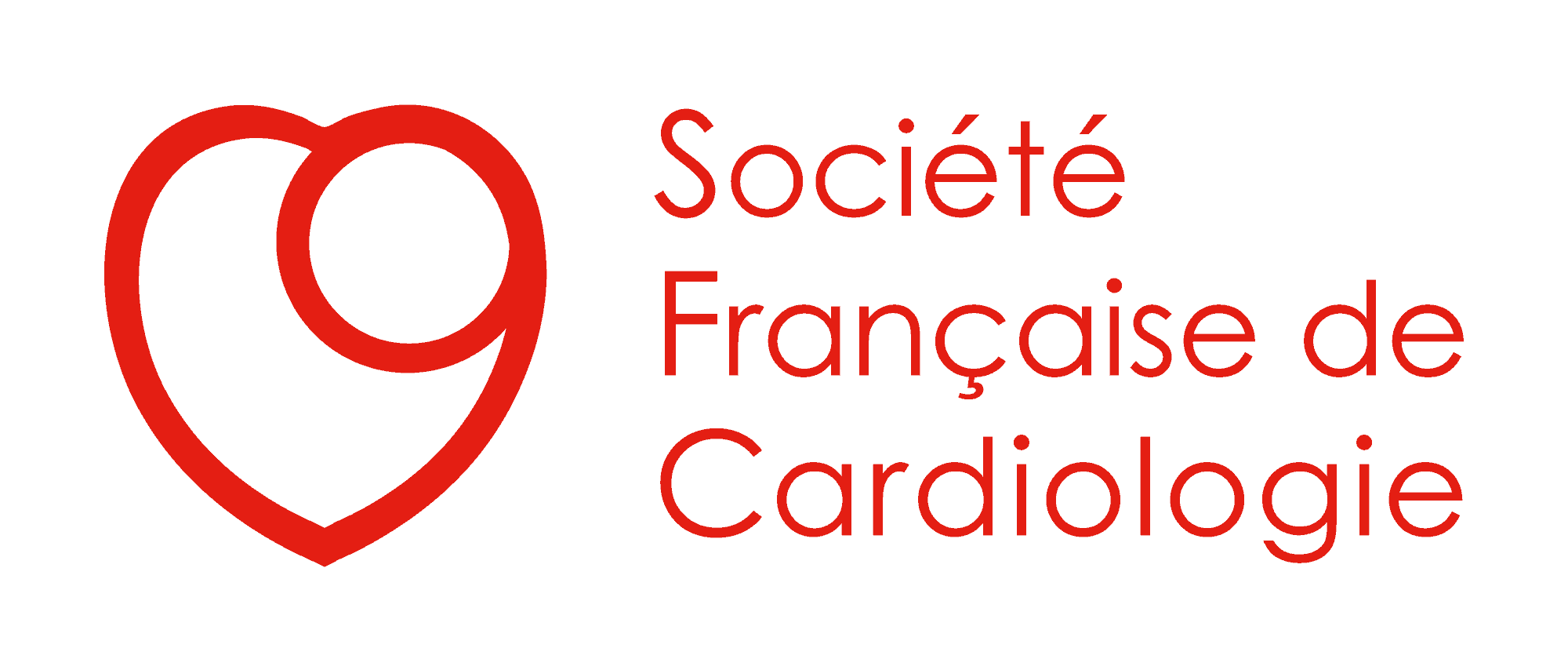Suivez-nous sur les réseaux sociaux !
Découvrez les propositions des experts de la SFC émises à partir d’une revue de la littérature et de leur expérience, autour de sujets d’actualité n’ayant pas fait l’objet de recommandations précises.
Voici un aperçu rapide des sujets abordés dans cette publication :
Dernières publications
Publications
Cardiac rehabilitation recommendations: 2023 update
Voici un aperçu rapide des sujets abordés dans cette publication :
Recommandations du Groupe Exercice Réadaptation Sport – Prévention (GERS-P) de la SFC
Muriel Bigot, Jean Michel Guy, Catherine Monpere, Alain Cohen-Solal, Bruno Pavy, Marie-Christine Iliou, Gilles Bosser, Sonia Corone, Herve Douard, Titi Farrokhi, Antoine Guerder, Pascal Guillo, Jean-Pierre Houppe, Theo Pezel, Bernard Pierre, Stephane Roueff, Daniel Thomas, Benedicte Verges,Jean-Christophe Blanchard, Mohamed Ghannem, Dany Marcadet
Background
Cardiac rehabilitation is a therapy in its own right, on the same level as pharmacological, interventional and surgical treatments. Combining exercise training, patient education and optimization of treatments, it is a unique holistic and multidisciplinary patient management approach, which should be proposed for patients with cardiovascular disease. Despite excellent proven benefits in terms of morbidity and mortality, quality of life (QoL) and exercise capacity, it remains insufficiently prescribed and accessible. Nevertheless, numerous publications have validated its safety and efficiency. In addition, it is classed as a rank I A therapy according to European guidelines on cardiovascular disease prevention [1] and for ischaemic cardiac disease [2] or for heart failure [3].
This update of the 2012 French recommendations [4] presents new indications, more modern methods for exercise training and how they should be prescribed, reviews the new regulatory aspects of medical care and rehabilitation, and provides new options in order to propose programmes that are better adapted to patient profiles, more diversified and more readily accessible.
Even though some questions remain unanswered and some subjects still debated, the relevance of cardiac rehabilitation has never been so clearly validated and recognized. The foreseeable changes in terms of risks and cardiovascular disease in the population further reinforce its indispensable nature. In this article, we will also address the perspectives and some improvements to be made to ensure a larger number of patients can benefit from better-adapted programmes, more flexible patient management duration and more varied modalities. Based on these adaptations, it should be possible to achieve the public health objective of reducing cardiovascular risks and optimizing holistic patient management.
Keywords
- Cardiac rehabilitation
- Exercise training
- Secondary prevention
- Group Exercise Rehabilitation Sports – Prevention (GERS-P)
Table of contents
- Indications for cardiac rehabilitationThe
- Contraindications for exercise training
- Assessment and risk stratification
- Exercise training
- Therapeutic education programme
- Treatment optimization
- Psychosocial management
- Important population
- Organizational aspects
- Medico-economic aspects of cardiac rehabilitation
- Conclusions, perspectives
Date de mise à jour du document : 16 mai 2024
© 2024 Elsevier Masson SAS. Tous droits réservés.
Document validé par la Commission Documents de Consensus
Cette commission de la SFC a pour objectif de superviser et contrôler la préparation des documents scientifiques ou d’autres documents tels que les consensus d’experts ou prises de position.
Partagez cet article :
Partagez cet article :
Written by : SFC
Plus de publications de la SFC

INTELLIGENCE ARTIFICIELLE New Threshold for Defining Mild Aortic Stenosis Derived From Velocity-Encoded MRI in [...]

CARDIOLOGIE PÉDIATRIQUE The Cardiovascular Care of the Pediatric Athlete | Lire l'article JACC CARDIO-ONCOLOGIE [...]




